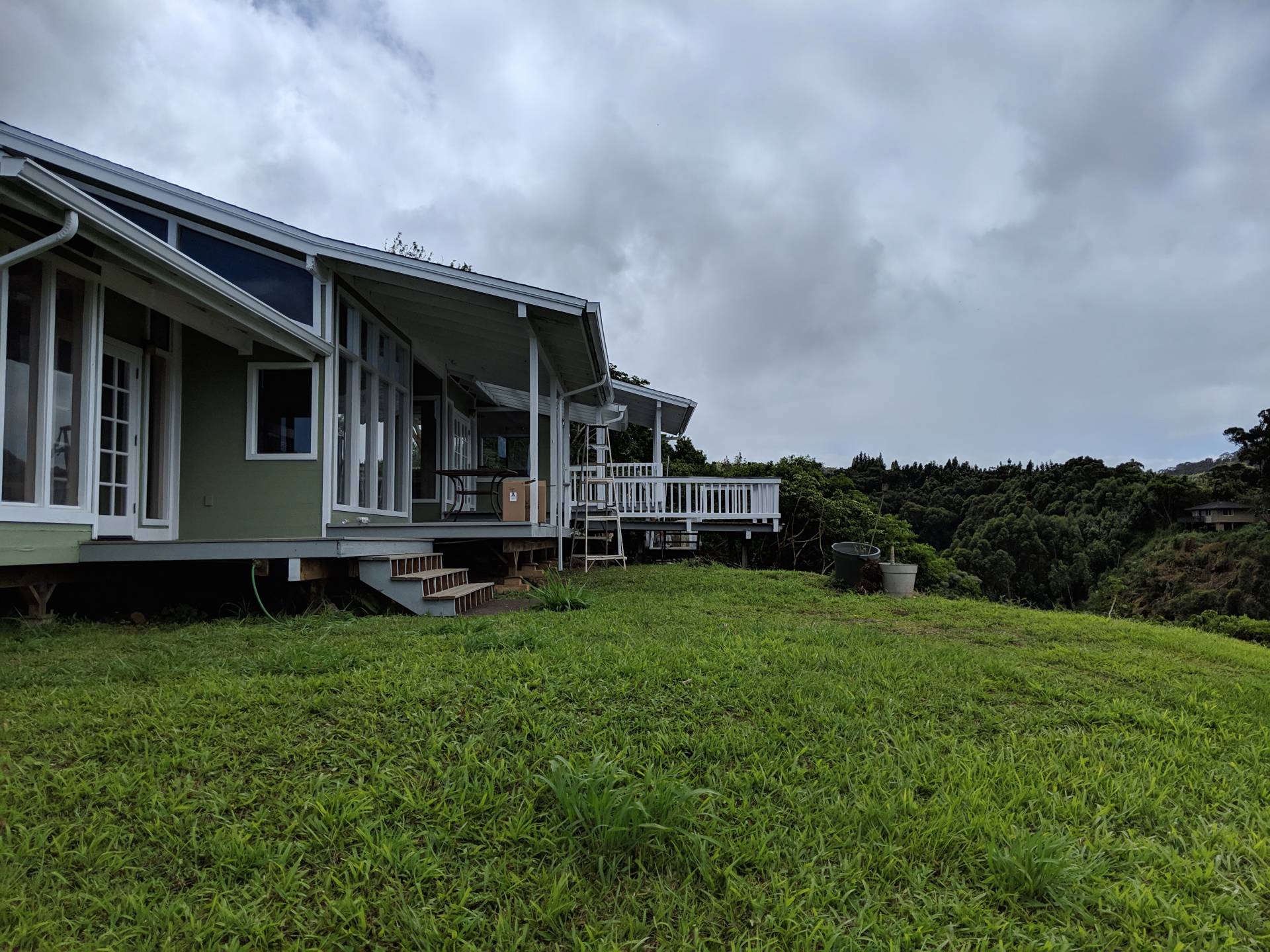What Kind of Wood to Use on Maui
For those who don’t want to read the whole blog, here are 4 bullet points.
- Always use treated wood except for forming concrete or temporary structures.
- Borate treated wood is the bomb for interior framing and certain exterior applications such as siding and fascia where it is sealed with primer and 2 coats of exterior paint.
- For exterior framing and decking look for Copper Azole (CA), Micronized Copper Azole(MCA) or alkaline copper quaternary (ACQ) treated wood labelled for “Above Ground“ use.
- For Fence posts or any project where the lumber is in the ground or touching the ground look for the above treatments only treated and labelled for “Ground Contact” These products will have a higher concentration of treatment and will often be incised.
Hawaii’s tropical environment possibly more than any other state poses more risks of decay to building materials and the structures created by them. Termites, carpenter ants, wood boring beetles and the weather dictate the importance of using the right product for your application. To illustrate what to use and where let’s look at a newly constructed house from the ground up.
Forming:
For forming concrete or use in any temporary structure and certain interior trim applications using untreated Douglas Fir (DF) is acceptable. Beyond that our environment dictates the use of steel, pressure treated wood or composites. For our discussion we will ignore steel as Maui unlike Oahu has never bought in to its’ use for construction except for commercial applications.
Interior Framing:
All framing material needs to be treated period! Prior to the end of 2003 when CCA (Copper, Chromium & Arsenic) pressure treated wood was officially banned from residential construction it was the product of choice for framing in Hawaii. CCA offered excellent protection against termites when correctly used. Unfortunately CCA under pressure only treated the outer 1/8” of lumber. The primary misuse was not end-coating with CCA the saw cuts that exposed the raw untreated center wood allowing termites access. Since that time Borate treatment became the wood treatment of choice. In many ways Borate treated would was far superior to CCA. It was non-toxic to humans (We wash our hands and clothes with Borax). It moves towards water and since wood cells are full of water it treats far deeper into lumber eliminating the need to end coat except for lumber with a minimum thickness exceeding 2”s. That’s the good, now for the bad. As previously mentioned Borates move towards water. This limits their use for exterior applications except for certain trim or siding applications when fully encapsulated by painting a good quality primer and 2 coats of quality exterior paint. One issue became apparent and still exists to this day with the transition from CCA to Borate treated lumber. That is the assumption that because it is treated it can be used for all kinds of exterior applications as well. Borate treated lumber will typically have a plastic tag labelled Hi-Bor, Tim-Bor or some other name with a –Bor denoting which proprietary borate product was used.
Exterior Framing & Decking:
All exterior use wood products will typically be labelled (CA) for Copper Azole, Micronized Copper Azole (MCA) or alkaline copper quaternary (ACQ). The tag will also specify for “Above Ground” for use such as decking or “Ground Contact” for use as fence posts etc. Often posts treated for ground contact will be incised by machine creating small indentations for better penetration of the treatment. For decking the use of composites such as Trex or Azek/Timbertech offer a nice looking easy maintenance alternative albeit at a higher price point.
Siding and Trim:
As previously mentioned Borate treatment is acceptable for siding and trim with proper painting. For siding there are also alternatives to wood such as cementatious panels and lap siding by James Hardie, vinyl siding by Alside as well as many composites and aluminum options. For trim and fascia stay away from lower grades of Douglas Fir it’s just not worth it except perhaps for skirting around post & Pier foundations. Acceptable options include clear fir and cedar if you are staining. For paint grade there is primed, finger-jointed cedar and primed, finger-jointed, treated Radiata Pine. Finger-jointing is where a mill will cut out clear pieces of wood between knots and notch out interlocking fingers then glue and join multiple pieces to form longer lengths. On the composite side a great paint grade trim product is Miratec. It is primed, comes in multiple dimensions and is moderately priced.
By Andy Paul
Retired, Former GM of Honsador Lumber Maui

